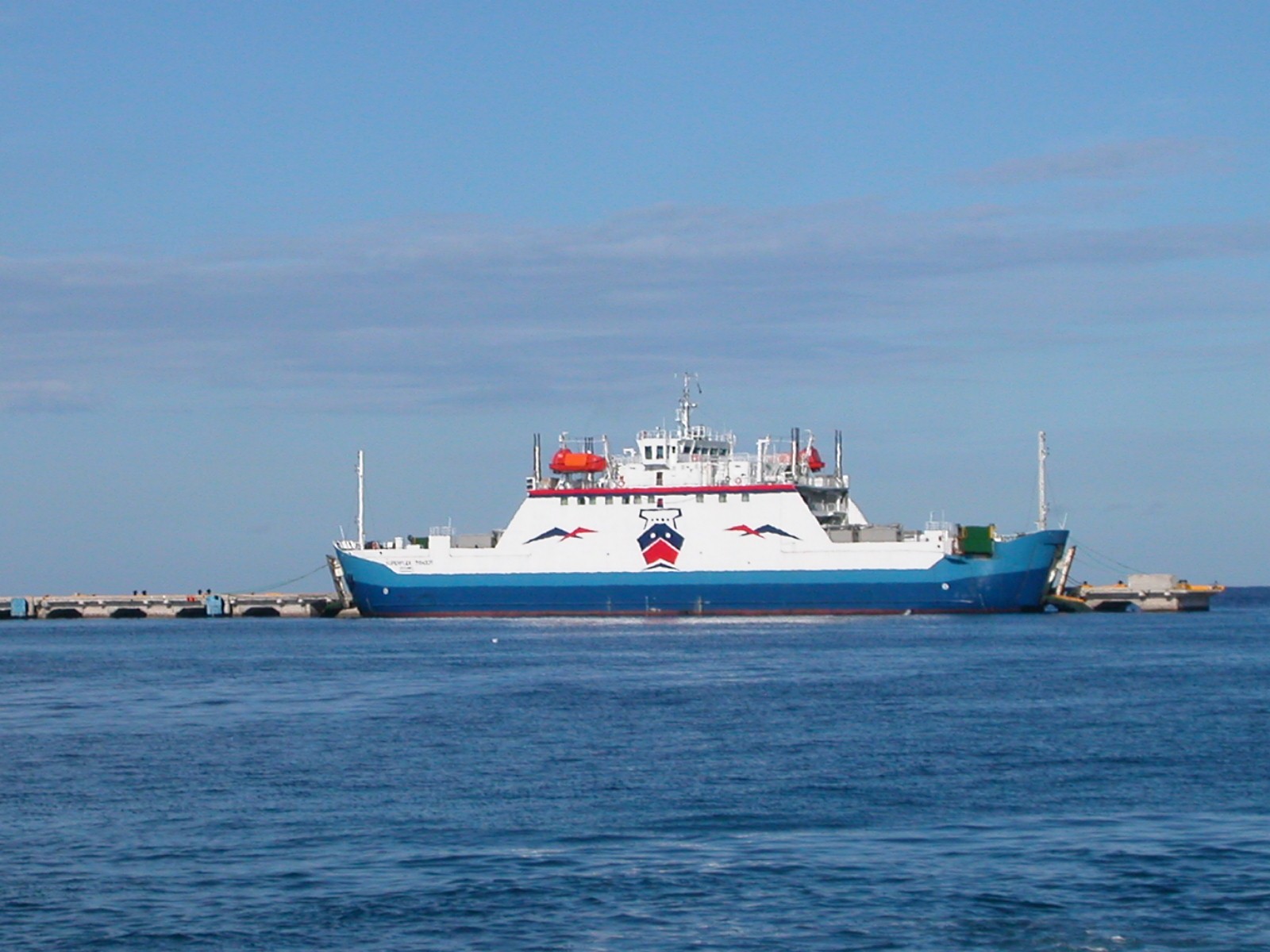The ferry industry is driven by factors like how the road-based transportation systems meeting the increasing passenger demands or how the transport authority are taking measures to decrease the traffic jams on the roads. Besides, as compared to other public transit modes, the infrastructure cost to maintain a ferry vessel is much less. Therefore, it is worthwhile to expand ferry routes. Being said that, it can be assumed that the demand for ferry ships will also increase in numbers in the upcoming years, along with improved designs and efficiency.
The ferry designing should be carried with optimization of an entire system, not only the vessel, especially in the early stages when the requirements for the ship are set at the beginning. In several cases, altering non-marine features of the system may help to solve complicated ship design issues. The traditional design of a ferry ship is usually a spiral shape. As per the claims, the new technologies have improved the scopes for passenger ferries, in terms of speed, efficiency and cost of operation.
Assessment of the current condition of the ship and her class status.
An old but well-maintained passenger ferry for sale can often be more beneficial than a new vessel. Whether old or new, ferries comprise of parts like stern, terrace, porthole, airshaft, bulwark, hawshole, anchor, prow, the bridge, masthead, radar, stack and light life boat. The advantage of an old ferry is that all its parts are well-tested and have operated several times before, when the ferry used to serve regularly.
In ship Classification, the qualified surveyors execute evaluation and approve plans, calculations and specifications. Shipboard systems and parts are attentively inspected at various stages of construction to make sure that they are constructed as per the rules and regulations that are continuously updated as per international best practices. Performance trails for vessels, auxiliary and propulsion machinery and any leftover installations are first done at the jetty, followed by sea trials after the fitting and the overall construction of the ship is completed. Upon suitable results of all ascertainment carried out at the time of supervision, Cerificate of Class with appropriate class notations are awarded. This attests that the ferry is steadfast and is in compliance with international and national standards.
Defining future research and objective to meet the commercial demands at present
It is expected that the ferry system will provide a high level of service to make the communication feasible than other modes of transportation. The level of service greatly depends on the overall measure of several factors that concern users and comprise of price, speed, comfort, amenities, handiness and comfort, both in the terminals and on the ships.
A great amount of resources has been put into new technologies to lower engine emissions, increase boat speed and efficiency by optimizing the use of existing fleets. It has been discovered from the studies that speed is not the only concern of the passengers, but safety measures are equally important. Besides, the environmental concerns are also popping up gradually. The air pollution caused by engine emission, water pollution from ship disposal systems and noise pollution needs to be controlled by taking effective measures like using bio-diesel and advanced machineries.


